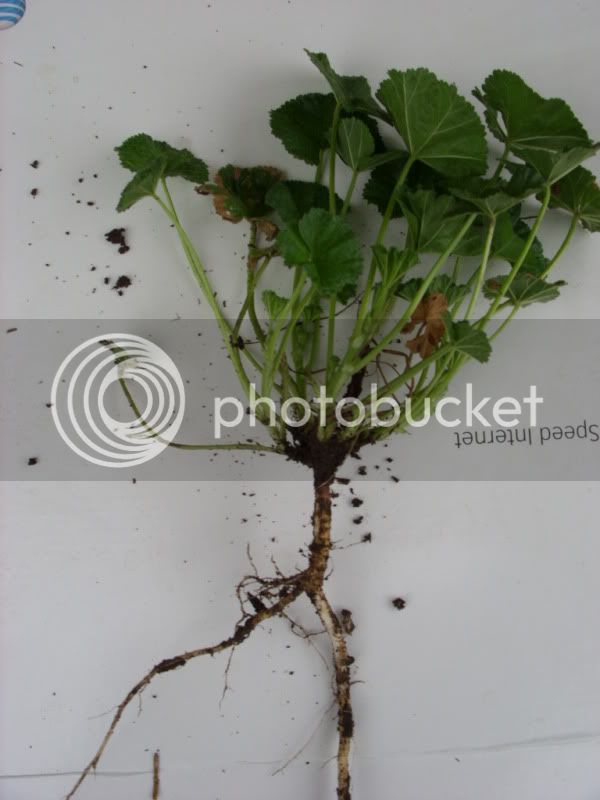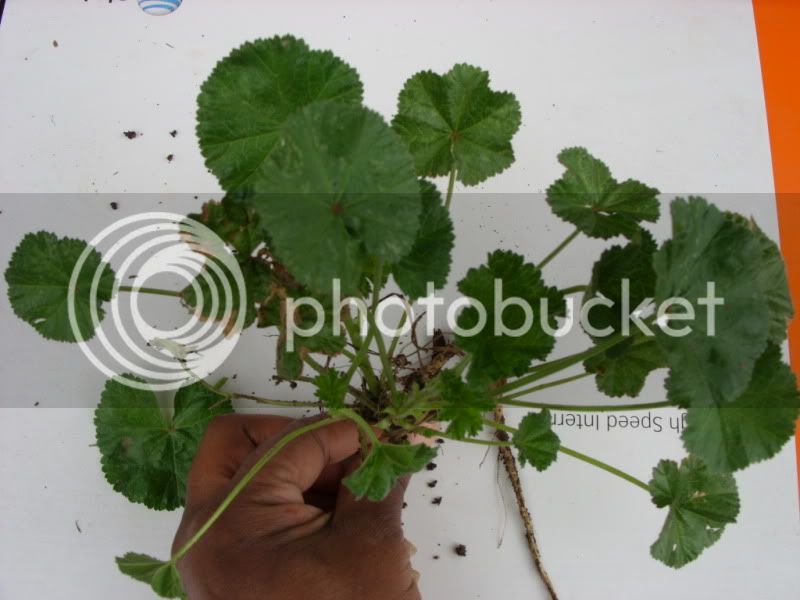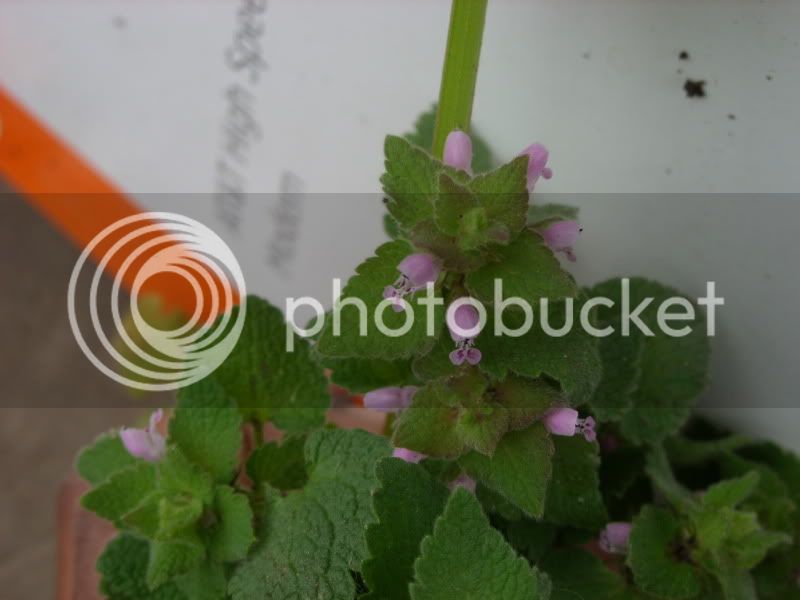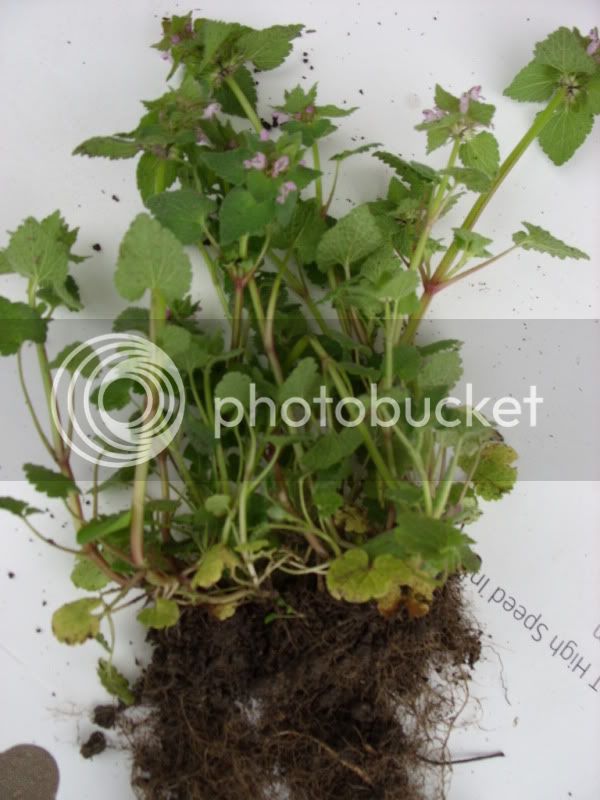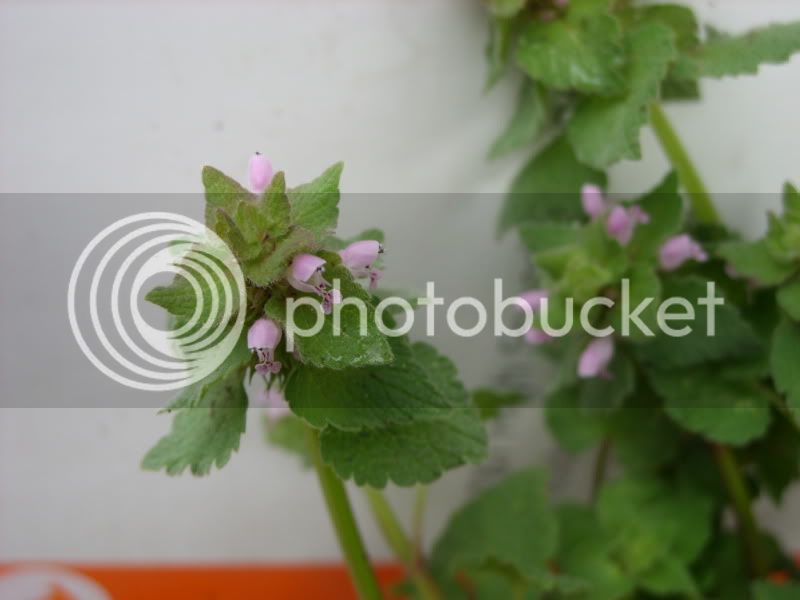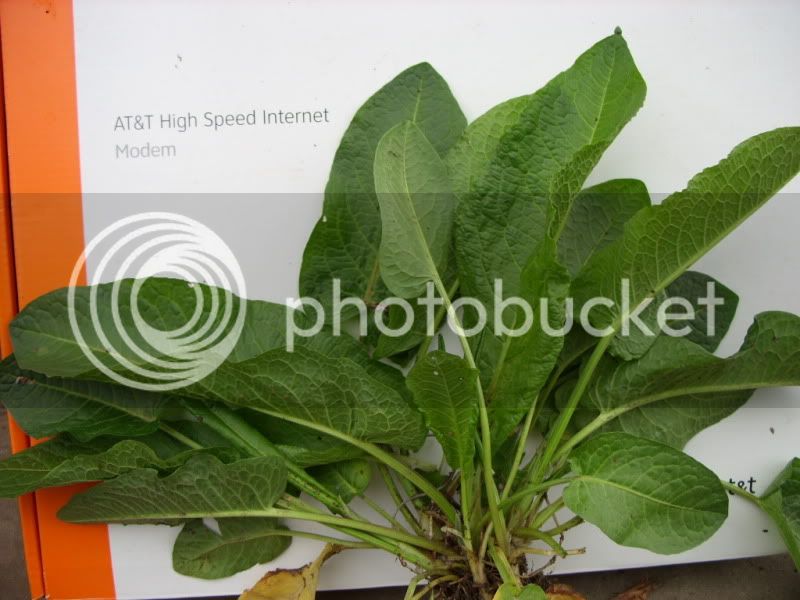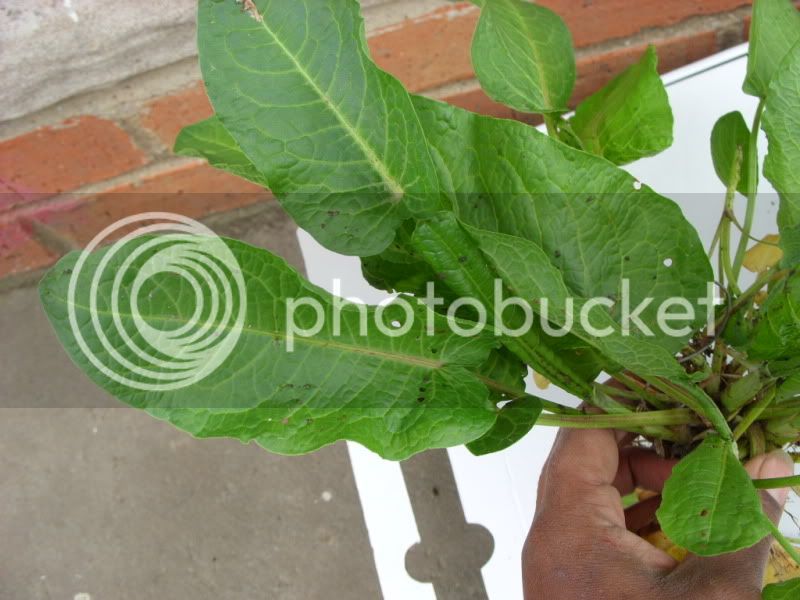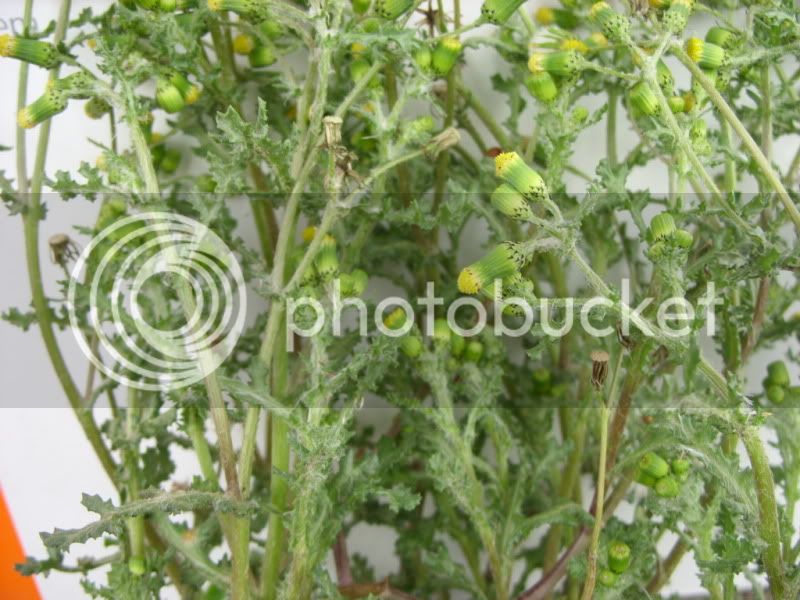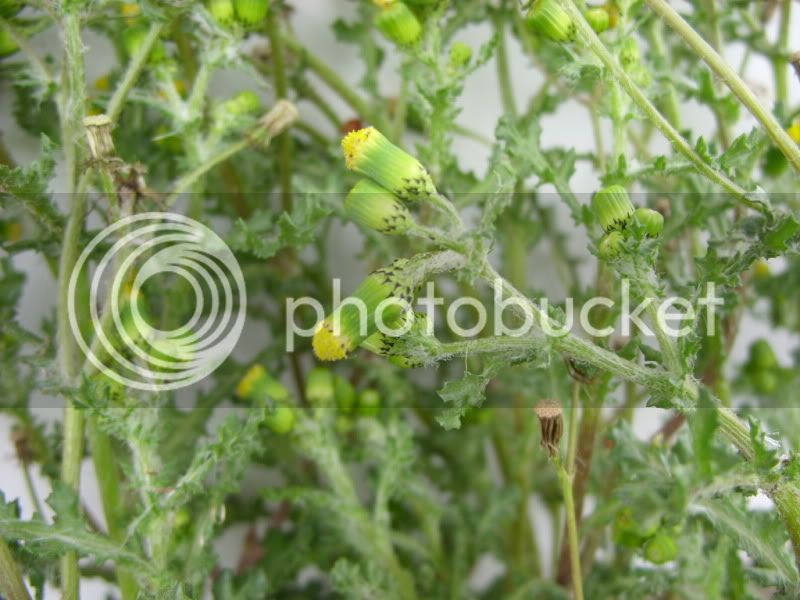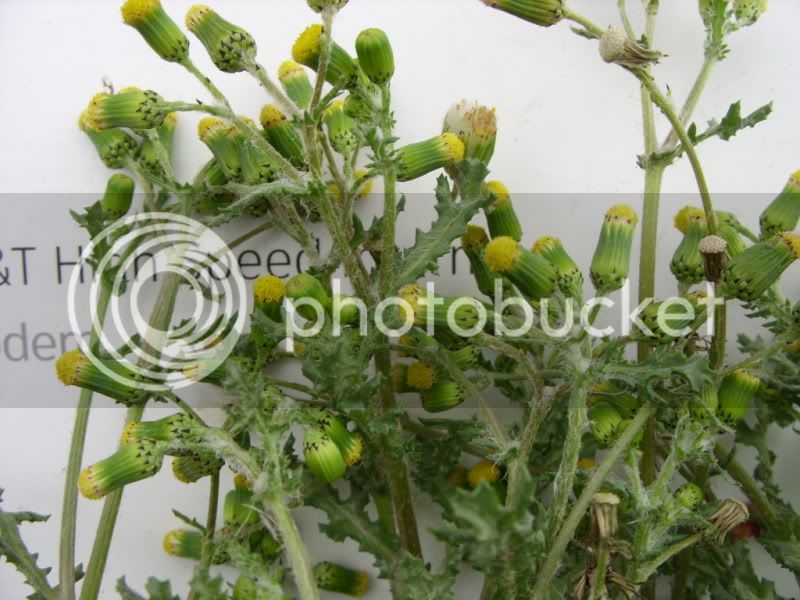Maggie,
We have another plant down here that from a distance is similar to Lamium atropupureum. Up close it is quite different, but it has the same "lanky" growth habit, very similar flowers, the same color of green on the leaves and stems, and in fact often grows together with henbit/dead nettle in the spring. I have looked it up before, but now that I want to find it I can't. The most obvious difference is, that it has leaves that grow against the stem with no petiole, and the sort of surround the stem, unlike the "shingle" type leaves on Lamium. The inter-node between the leaves is farther too. I always mix the two up, because they have the same growth habit and tend to invade my garden in the spring. Is this enough information for you to guess? I think we need to take some good pictures of each weed with the scientific names and the varied common names, and put them all in one place, then when we are sure of the identification, you could put the information with them about there use as a rabbit food. Of course, it is spring, and we area all busy, and I will probably never get it done....Heh, but it would seem a good idea.
I think you have sort of a similar thing on HT, but it would be nice to have something that is all together in one list. Maybe I will get ambitious and find some time.... but don't hold your breath. :lol:
skysthelimit If #2 ever gets a flower on it, (which I think it may and soon) could you take another picture?
OK, I think I answered my own question here...
According to whose website one looks at, Henbit is Lamium atropupureum OR Lamium amplexicaule (which is the other plant I was asking Maggie about). If one looks up purple deadnettle, the same thing. However, it seems that the (most common :? ) common name for the one in skysthelimit's post is Deadnettle, while Henbit is the most used name for Lamium amplexicaule.
I apologize for confusing the issue.

































